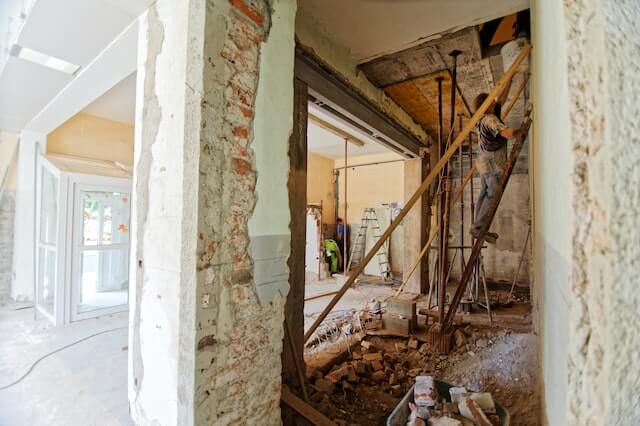What to do if you find a latent defect
If you find a latent defect, you must first prove its existence by taking photos or by recording a video of the defect or related damage. You (or an expert) must also ascertain the nature and the extent of the defect. The seller must be given an opportunity to see the defect and associated damage, and be given a chance to remedy the problem.
The best outcome would be an agreement with the seller, either directly or through mediation. You should put any agreement you reach in writing to create a binding contract between you and the seller.
Failing this, you can send a notice of defect to the seller by registered mail or through a bailiff, before starting any repairs. The notice should include the following information:
- The date of the notice
- The fact that this is a notice of defect and that the defect could be latent
- Your personal information
- The address of the property in question
- The date of sale and the name of the notary who wrote the deed of sale
- The nature of the defect
- The date on which the defect was discovered
- If necessary, the fact that you have already used the services of a home inspector to determine the nature and the severity of the defect
You can also send a demand letter. The letter must include a description of the latent defect, a demand that the seller respects the guarantee against latent defects, and a deadline for answering the letter. These documents must be sent before taking any legal action.
Recourse in the event of a latent defect
In Quebec, buyers are protected from latent defects by the warranty of quality (also known as the warranty against hidden defects), unless the seller specifically indicates that the sale excludes the warranty of quality. In this case, the seller would insert a clause stating “without legal warranty, at your risks and perils”.
After discovering a latent defect, a buyer can demand one of the following:
- The cancellation of the sale
- A reduction in the sale price
- That the seller repair the defect
If you buy a property from a professional (a builder, a professional seller, or a real estate developer), they must guarantee the quality of the building. If you discover a hidden defect in such a building, you can take action against the professional seller.
Latent defect and home insurance
In home insurance, a loss is a sudden and accidental event that causes damage to insured property. Since a latent defect isn’t sudden or accidental (nor is it an event), it is not covered by home insurance. However, damage caused by a latent defect, such as a fire or flooding, could be covered in certain cases.
For example, if improperly installed wiring within a home’s walls wasn’t discovered by a home inspection, they could be a latent defect. Replacing or repairing the wiring wouldn’t be covered by home insurance. But, if the faulty wiring later caused a fire, it’s the fire damage would still be covered by many home insurance policies.
Commonly asked questions
I found a hidden defect on my property. Can I have it repaired and charge the seller after the work is done?
Unless the situation is urgent (as in, the defect is dangerous or could lead to the destruction of the property), you should not proceed with repairing the defect because you would have to assume the costs of any repairs. You should instead try to reach a formal agreement with the seller. Failing that, you can send the seller a notice of defect or a demand letter, or eventually take legal action.
If I discover a hidden defect, how long can I wait before taking legal action?
You have three years from the date of discovery of the defect, and not the date of purchase, to take legal action against the seller. However, you must advise the seller in writing of the existence of the defect within a reasonable time frame. Generally, a period of 6 months to one year is considered reasonable.
I purchased a property from a judicial sale. Does the warranty against hidden defects apply?
No. Any property purchased following a court order or decision is not eligible for the warranty.
Want to learn more? Visit our Home Buying, Selling and Moving resource centre for everything you need to know about real estate, buying a home, or moving. Or, get an online quote in under 5 minutes and find out how affordable personalized home insurance can be.


